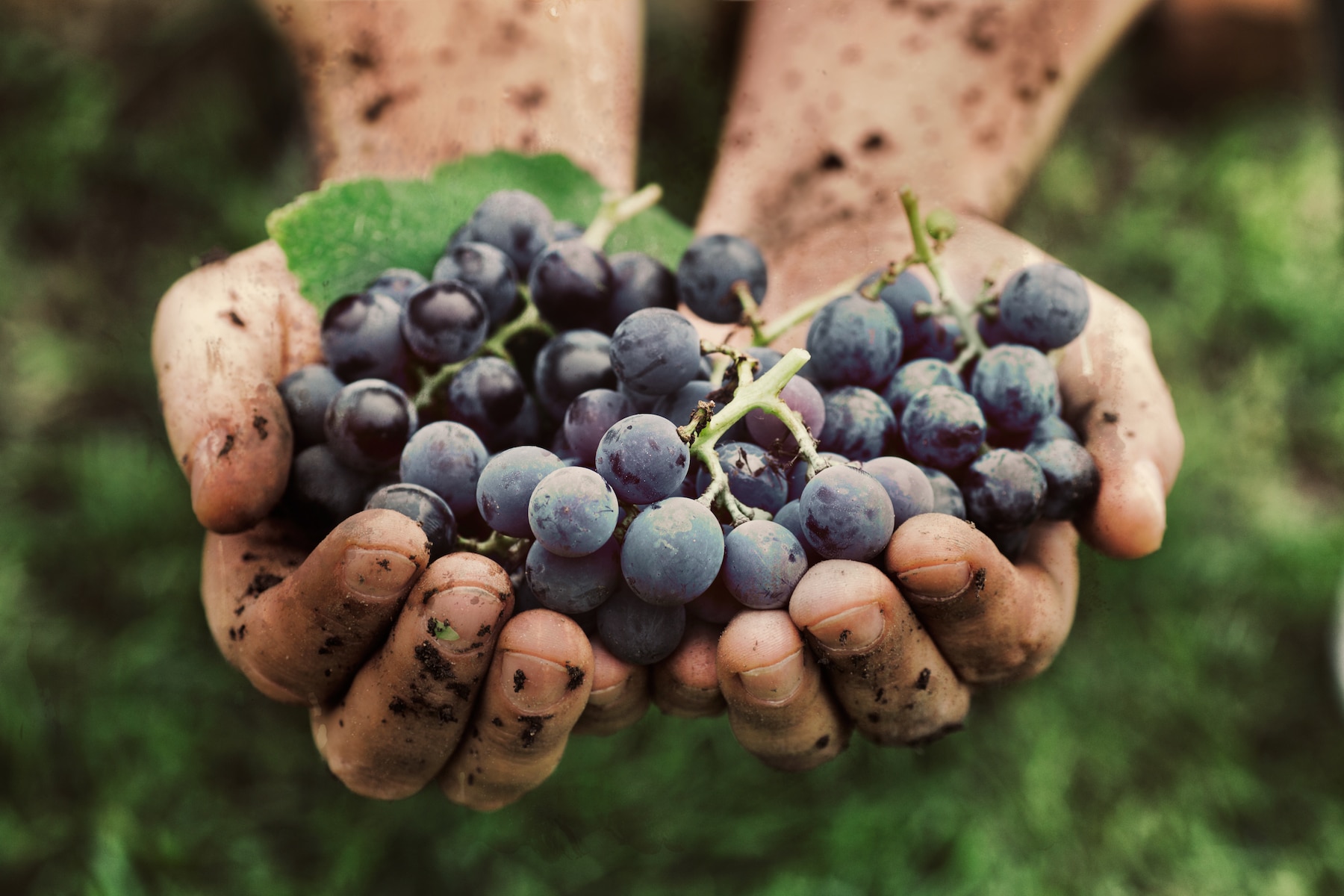Unique Wine Experiences: What to Expect at Sonoma Wineries 95404
Unique Wine Experiences: What to Expect at Sonoma Wineries 95404
Blog Article
Indulge in Exclusive Wines from California
Understanding the nuanced vocabulary related to winery wine tasting is crucial for each novices and seasoned connoisseurs alike. Each term brings to life the experience of tasting wine and may improve one’s appreciation of the numerous intricacies concerned. Wine tasting is extra than just drinking; it's an art that includes numerous senses and feelings.
To begin with, the term "nose" refers to the aromas one detects when smelling the wine. This is a vital step as a result of the bouquet units the stage for the tasting experience. Notes of fruit, spice, earth, and wooden may mingle, offering a glimpse of what the palate might affirm. Understanding "nosing" the wine can dramatically elevate one's sensory journey.
Another key facet is the term "body." The body of the wine describes its weight and fullness on the palate. A full-bodied wine has a robust presence and tends to linger longer after swallowing. Conversely, light-bodied wines may feel extra delicate and refreshing. Recognizing the physique helps tasters assess the wine's construction and steadiness.
Enjoy with Stunning Vineyards for Wine Experiences
The idea of "tannins" is vital in red wine tasting. Tannins are compounds derived from grape skins, seeds, and stems, contributing to a wine's texture and getting older potential. High tannin wines often end in a dry mouthfeel, while lower tannin ranges yield a smoother experience. This distinction is especially essential when pairing wines with food, as tannins can both complement or clash with certain dishes.
In addition to tannins, "acidity" performs a major role in the wine tasting experience. Acidity provides wine its crispness and liveliness - Hidden Wineries in California You Must Visit. Wines with larger acidity are typically refreshing and energizing, making them glorious companions for a variety of meals. Recognizing acidity can drastically improve one’s food-pairing capabilities and total tasting enjoyment.
When delving into the flavor profile of a wine, one might encounter the term "end." The finish refers again to the aftertaste that lingers within the mouth after swallowing. A lengthy finish is commonly associated with high-quality wines, because it signifies complexity and depth. A short end may recommend a less complicated wine. Understanding the means to evaluate the end can reveal a lot about a wine's character.
Exploring the "vintage" can also be integral to wine tasting terminology. The vintage denotes the 12 months in which the grapes have been harvested. Completely Different years can yield vastly different results due to variations in local weather conditions. For instance, a scorching summer can produce more concentrated flavors, whereas a cooler 12 months may yield extra refined, nuanced wines. Understanding vintage allows for a deeper appreciation of a wine’s origin and potential.
Event Calendar at Sebastopol Wineries
The term "terroir" encompasses the geographical and environmental factors that contribute to a wine's distinctive character. Elements such as soil sort, climate, elevation, and topography all play a job in the flavor and high quality of the wine. This connection to put helps one perceive why wines from different areas can taste so distinctively completely different, even when produced from the identical grape variety (Learn About Sustainable Wine Practices in Sonoma County).

When partaking with wines, the phrase "leg" refers to the droplets that form on the within of the glass after swirling. These droplets can point out the wine's alcohol content and viscosity. While observing the legs may not immediately relate to the wine’s taste, it provides to the overall experience and intrigue of wine tasting less clear.
Visiting Sonoma Wineries for Unforgettable Tastings
A more specific term that may arise during tastings is "oak." The influence of oak barrels on wine can impart flavors such as vanilla, toast, or spice. The degree of oak aging can range broadly amongst wines, affecting each aroma and style. Understanding oak remedy offers insights into the winemaker’s decisions and the resulting complexity of the wine.
In wine tasting, one might also hear the term "palate." The palate refers back to the overall style experience within the mouth. This encompasses sweetness, bitterness, acidity, and physique. A well-balanced palate is important for a harmonious tasting experience, and recognizing any imbalances helps assess the quality of the wine.
The experience of wine tasting is greatly enriched by understanding the terminology that accompanies it. Every term serves a function, enhancing the power to convey thoughts and feelings about the wine one's experiencing. This vocabulary bridges communication between tasters, sommeliers, and winemakers alike.
To totally enjoy wine tasting, it is essential to have interaction all senses. The sight of the wine, its shade, and readability can provide insight into its age and quality. Swirling the wine releases aromas that heighten the olfactory experience, whereas the actual tasting allows for a whole analysis of the wine's profile.
Why Visit Wineries in Sebastopol
In conclusion, understanding the detailed explanation of winery wine tasting terminology greatly enhances the experience of tasting. Each term invitations the taster to interact extra deeply with the wine, encouraging connections to the senses, the winemakers, and the lands the place the grapes are grown. This nuanced vocabulary creates a richer, more fulfilling wine tasting experience.
- Aroma refers to the scents launched by the wine, which may point out its grape selection and influence the tasting experience.
- Tannins are natural compounds found in grape skins, seeds, and stems, contributing to the wine's structure and aging potential.
- A finish, or aftertaste, is the lingering flavor sensation that remains on the palate after swallowing, often a key indicator of quality.
- Body describes the weight and fullness of wine in the mouth, generally categorized as light, medium, or full-bodied.
- Terroir denotes the unique environmental traits of a winery that have an result on the style and high quality of the wine, together with soil sort and climate.
- Acidity is a critical component that contributes to a wine's freshness and balance, impacting its getting older functionality and total flavor profile.
- Vintage signifies the yr grapes were harvested and plays a major role in figuring out the wine's traits, reflecting particular climatic conditions.
- Decanting involves pouring wine from its bottle into one other vessel, permitting it to aerate and enhancing its flavors and aromas.
- A corked wine could additionally be tainted by a faulty cork, resulting in musty or off-putting flavors that detract from the wine's supposed profile.
- The term “legs” refers to the droplets that cling to the within of a glass after swirling, typically associated with the wine's alcohol content and viscosity.undefinedWhat is the that means of "nose" in wine tasting?undefinedThe "nose" refers to the aroma profile of the wine, which is detected via the sense of odor. It's a vital facet of wine tasting, as aromas can reveal a lot in regards to the grape selection, winemaking process, and aging.
How ought to I properly taste wine?undefinedTo style wine effectively, follow these steps: observe the colour, swirl the wine to aerate it, take a mild sniff to capture this contact form the aromas, sip and let it coat your palate, and eventually, note the finish. This method helps in appreciating the wine’s complexity.
What are "tannins" and how do they have an result on wine?undefinedTannins are natural compounds present in grape skins, seeds, and stems that contribute to a wine's structure and astringency. They can create a drying sensation within the mouth, and they additionally play a role within the wine's growing older potential.
Wine Tasting Etiquette for Newbies 95407

What does the term "steadiness" mean in wine tasting?undefinedStability refers to the concord between the totally different components of a wine, such as acidity, sweetness, alcohol, tannin, and flavor intensity. A well-balanced wine may have each of those parts supporting one another quite than overpowering the others.
What is the importance of "terroir" in wine tasting?undefinedTerroir encompasses the environmental factors—such as soil, climate, and geography—that affect the characteristics of the wine produced in a specific area. Understanding terroir helps tasters appreciate the distinctive qualities that totally different areas impart to their wines.
What does "vintage" mean and why is it important?undefined"Vintage" signifies the 12 months when the grapes were harvested. It is essential because it impacts the wine’s quality and characteristics, as climate situations during the growing season can considerably affect flavor profiles and aromatics.
What are "legs" and what do they signify?undefined"Legs" refer to the droplets that type and run down the within of a glass after swirling wine. While they will point out alcohol content material and viscosity, they don't determine quality—this is more about personal perception of richness.
Immerse Yourself in the World of Sebastopol's Wineries 95403
What does "full-bodied" mean versus "light-bodied"?undefined"Full-bodied" wines are wealthy, dense, and often have larger alcohol content material and complex flavor profiles, whereas "light-bodied" wines are more delicate and refreshing with important link a decrease alcohol content material. This distinction helps tasters perceive the anticipated weight and mouthfeel of the wine.
How can I determine fruit flavors in wine?undefinedTo determine fruit flavors, consider the aroma and style profiles. Swirl the wine, inhale deeply to capture the bouquet, and focus on specific traits. Familiarity with typical fruit profiles of assorted grape varieties can improve this identification course of.
What is "finish" in wine tasting?undefinedThe "finish" refers to the aftertaste that lingers within the mouth after swallowing. A lengthy, advanced end is usually an indication of high quality in a wine, because it displays the depth of flavor and general craftsmanship in the winemaking course of. Report this page